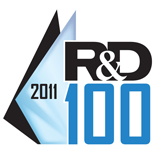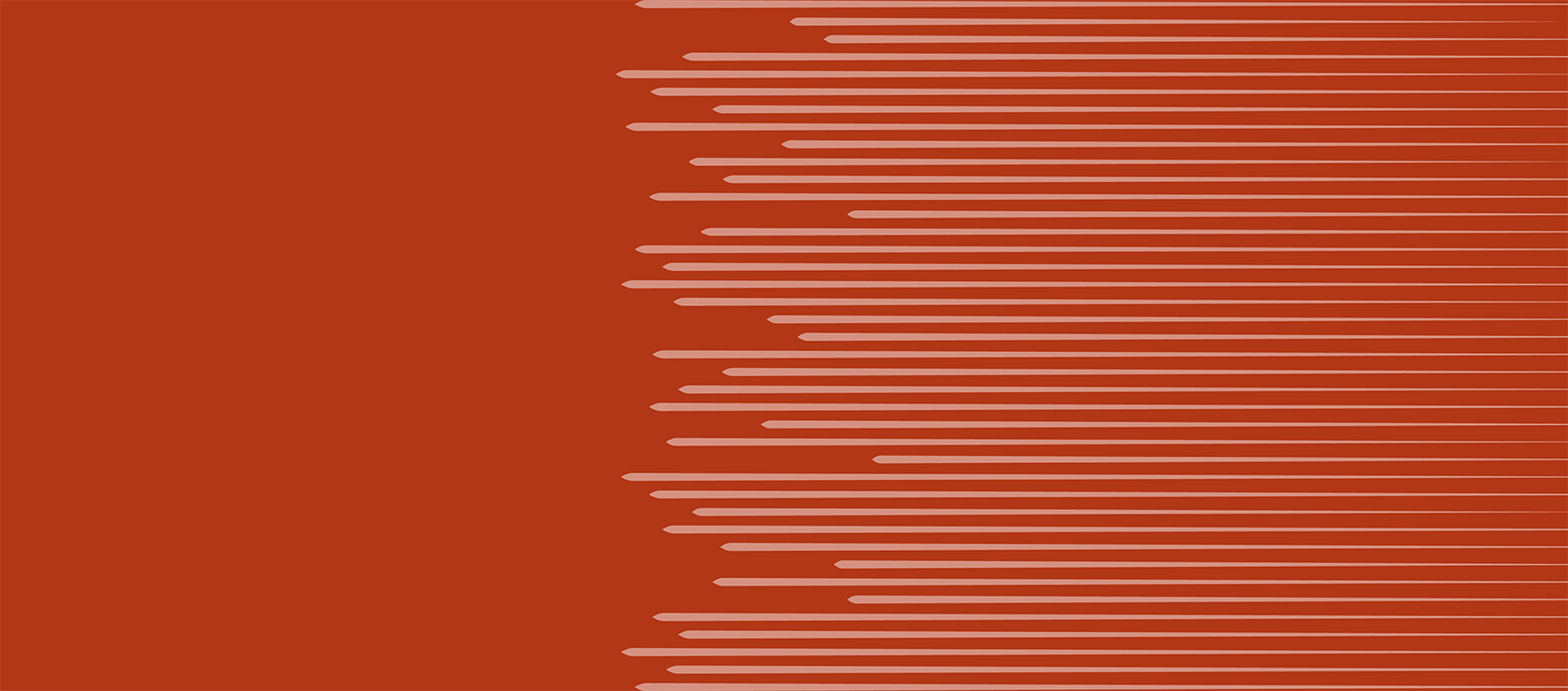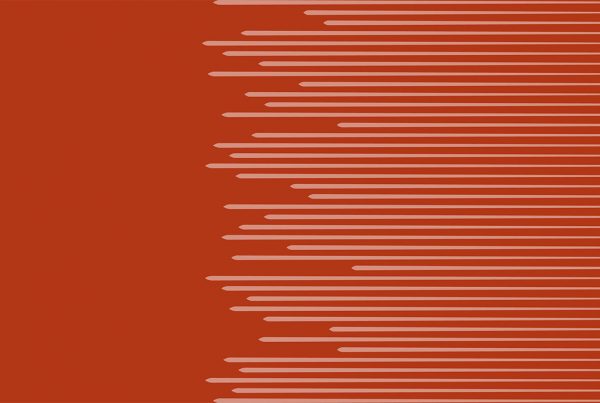Yesterday, Swedish x-ray source manufacturer Excillum was awarded one of the prestigious R&D 100 awards for their unique liquid metal x-ray source. This source allows for a tenfold increase in brightness due to the power loading capability of the liquid metal anode.
 One of the main limiting factors for a traditional x-ray source is the thermal management of the solid fixed, or rotating, anode leading to overheating or even melting as the electron beam power is increased. Excillum’s source overcomes this problem by replacing the solid anode with a high speed jet of liquid metal. In this way, the anode is already molten and continuously regenerated, thereby allowing much higher power loading.
One of the main limiting factors for a traditional x-ray source is the thermal management of the solid fixed, or rotating, anode leading to overheating or even melting as the electron beam power is increased. Excillum’s source overcomes this problem by replacing the solid anode with a high speed jet of liquid metal. In this way, the anode is already molten and continuously regenerated, thereby allowing much higher power loading.
“It is a true honor to receive the recognition of the R&D 100 Award on the first product we launch”, says Oscar Hemberg, CEO of Excillum. And the timing is excellent as it is just made available to the x-ray diffraction market through our collaboration with Bruker-AXS and we are beginning the process of looking for partners and customers in the other markets where we feel our extreme-brightness source can make a difference.
The uniqueness of Excillum’s x-ray source is its extreme brightness, i.e., its ability to generate more x-rays from a small spot compared to other techniques. This makes the source very suitable not only for x-ray diffraction, but also for applications such as X-Ray Inspection, Micro Computed Tomography and Phase Contrast Imaging.
About Excillum
Excillum was founded in 2007 and is based in Stockholm, Sweden. Excillum develops, designs, and manufactures extreme-brightness microfocus x-ray sources for demanding applications. For more information about Excillum, please visit www.excillum.com.
About the R&D 100 Award
Winners of the R&D 100 Awards are selected by an independent judging panel and the editors of R&D Magazine (www.rdmag.com ). R&D 100 Awards have long been a benchmark of excellence for industry sectors as diverse as telecommunications, high-energy physics, software, manufacturing, and biotechnology. Since 1963, the R&D 100 Awards have identified revolutionary technologies newly introduced to the market. Many of these have become household names, helping shape everyday life. These include the flashcube (1965), the automated teller machine (1973), the halogen lamp (1974), the fax machine (1975), the liquid crystal display (1980), the Kodak Photo CD (1991), the Nicoderm anti-smoking patch (1992), Taxol anticancer drug (1993), lab on a chip (1996), and HDTV (1998).
Published: December 11, 2011



